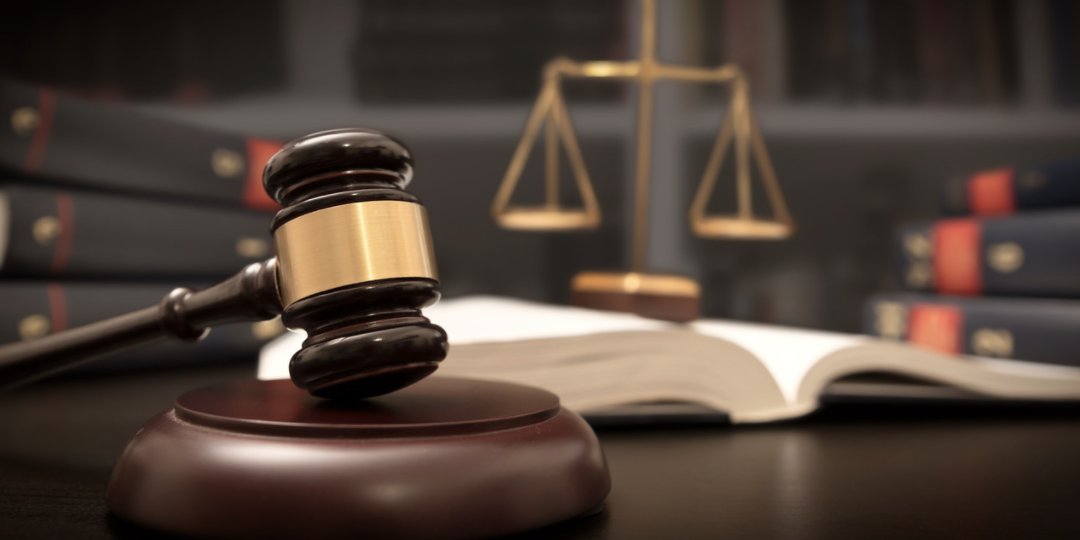Your Legal rights, Your Voice: The Fundamentals of Going After a Class Action Lawsuit
Wiki Article
Understanding Course Action Lawsuit: A Guide for Lawyers
Course action claims have actually come to be an indispensable component of the lawful landscape, enabling the consolidation of several claims into a single activity. For lawyers, recognizing the intricacies of class activity litigation is critical in effectively representing their clients. This detailed overview explores the basics of class action legal actions, from recognizing prospective course participants to browsing the certification procedure. Additionally, it looks into vital approaches for handling class action lawsuits and offers insights right into obtaining and working out approval for settlements. By delving right into the details of class activity claims, this guide furnishes lawyers with the knowledge and devices needed to successfully browse this intricate area of legislation.The Fundamentals of Course Activity Suits
Class activity suits are a lawful mechanism utilized to settle comparable claims from a team of individuals right into a single legal action, giving a affordable and reliable approach to looking for justice and resolution. This sort of claim allows a depictive complainant, acting on part of the whole course, to bring a case against an accused that has presumably triggered harm or breached the legal rights of numerous individuals.The fundamental demands for bringing a class activity suit consist of numerosity, commonness, typicality, and adequacy of representation. Numerosity refers to the reality that the course have to be so big that joinder of all members would be unwise. Commonality suggests that there have to be usual concerns of regulation or reality that are shared by all members of the class. Typicality needs that the claims of the representative plaintiff are typical of the claims of the entire class. Competence of representation makes sure that the depictive complainant will sufficiently stand for the interests of the whole course.
Course activity legal actions can be helpful for both plaintiffs and defendants. For accuseds, it provides the possibility to efficiently fix multiple cases in a solitary claim, avoiding the need to protect versus many individual lawsuits.
Identifying and Assessing Prospective Class Members
After establishing the standard requirements for a course activity claim, the following step is to identify and analyze potential course participants. This procedure entails identifying that may be part of the course and evaluating their claims to establish if they meet the required requirements.To recognize prospective class members, legal representatives typically carry out considerable study and gather relevant info. This might include examining papers, carrying out interviews, and analyzing records to identify individuals or entities that may have been influenced by the alleged misbehavior. It is vital to establish a extensive and clear checklist of prospective class members to ensure that all impacted events are included in the lawsuit.
As soon as potential class members have been recognized, the following step is to examine their insurance claims. This entails reviewing the qualities of each individual insurance claim to figure out if they fulfill the lawful needs for class accreditation. Lawyers need to thoroughly analyze the truths, proof, and legal theories of each possible class member's case to guarantee that they have a feasible case.
Examining possible class members also entails determining whether they satisfy the course definition and have experienced comparable harm as a result of the offender's actions. This calls for comparing the facts and circumstances of each possible class member's scenario to the claims and legal theories placed forth in the legal action.
Navigating the Class Accreditation Refine
To efficiently browse the class certification process, attorneys need to diligently follow the procedural requirements stated by the court. Class accreditation is a critical action in a class action lawsuit, as it identifies whether a situation can proceed as a class action, representing a group of individuals who have comparable cases versus a defendant. The process includes satisfying particular criteria, such as numerosity, commonality, typicality, and adequacy of depiction.To start with, legal representatives have to develop numerosity by showing that the course is so big that private joinder is impractical. This can be achieved via proof or professional statement. Secondly, they must develop commonness by showing that there prevail questions of regulation or truth that predominate over private issues. This requires a comprehensive evaluation of the defenses and claims included.
Next, legal representatives need to show typicality, which suggests that the representative complainant's insurance claims are typical of the insurance claims of the class participants. This guarantees that the passions of the representative complainant align with the passions of the class. Last but not least, lawyers have to demonstrate competence of representation, indicating that the depictive plaintiff and their advise will fairly and appropriately represent the passions of the class.
To navigate this process efficiently, lawyers should extensively prepare by performing comprehensive research study, collecting evidence, and developing a compelling debate that pleases each of these criteria. They should additionally be prepared to reply to any kind of challenges or objections increased by the offender. By diligently adhering to the procedural requirements stated by the court, attorneys can boost their opportunities of getting course certification and advancing the rate of interests of the class members.

Secret Techniques for Handling Course Activity Lawsuits
Upon successfully browsing the course certification process, legal representatives should after that apply essential methods for effectively handling course activity lawsuits. These strategies are vital to ensure that the case proceeds efficiently and successfully, inevitably taking full advantage of the opportunities of a favorable outcome for the class members.
One secret approach is to develop a strong and cohesive legal team (Class action lawsuit). This involves putting together a team of lawyers with experience in course activity lawsuits, along with various other pertinent locations such as the details sector or subject associated with the instance. A versatile group can bring various point of views and skills to the table, improving the overall efficiency of the litigation
Another important strategy is to develop a well-balanced and detailed lawsuits plan. This plan should lay out the total goals of the situation, in addition to the particular legal concepts and debates that will be pursued. It ought to additionally consist of a timeline and budget plan to guarantee Go Here that the situation remains on track and within discover this the assigned resources.
Additionally, legal representatives must actively involve with the course members throughout the lawsuits process (Class action lawsuit). This consists of supplying routine updates on the progression of the situation, seeking input and responses from the class participants, and attending to any concerns or concerns they may have. By cultivating open communication and cooperation, attorneys can build count on and assistance amongst the class participants, which can be crucial in achieving an effective resolution
Settling Class Activity Claims: Negotiation and Authorization
When it comes to clearing up class action legal actions, efficient arrangement and obtaining authorization are essential actions in achieving a resolution. Class activity lawsuits are complicated and entail a multitude of plaintiffs, making it critical to reach a settlement that is adequate and reasonable to all parties included.
Once a settlement contract is reached, it needs to be authorized by the court. The court's duty in this procedure is to make certain that the negotiation is reasonable, reasonable, and sufficiently secures the rate of interests of the course members. The court will think about aspects such as from this source the nature of the cases, the stamina of the proof, the prospective healing for the class members, and any objections increased by class participants.
Acquiring court authorization is vital as it provides finality to the negotiation and safeguards the interests of the course members. It guarantees that the negotiation is binding and enforceable, and class participants can receive their rightful settlement.
Conclusion

Course action suits have actually come to be an indispensable part of the legal landscape, permitting for the loan consolidation of multiple claims into a single action. Course certification is a crucial step in a course activity lawsuit, as it identifies whether an instance can proceed as a course activity, representing a team of people who have similar cases versus an offender. By vigilantly sticking to the procedural requirements set forth by the court, lawyers can raise their possibilities of obtaining course qualification and advancing the rate of interests of the course members.
The court will certainly think about elements such as the nature of the claims, the stamina of the proof, the potential healing for the course members, and any type of objections raised by course participants.
By identifying and examining potential class participants, legal representatives can figure out the stability of a class action claim.
Report this wiki page